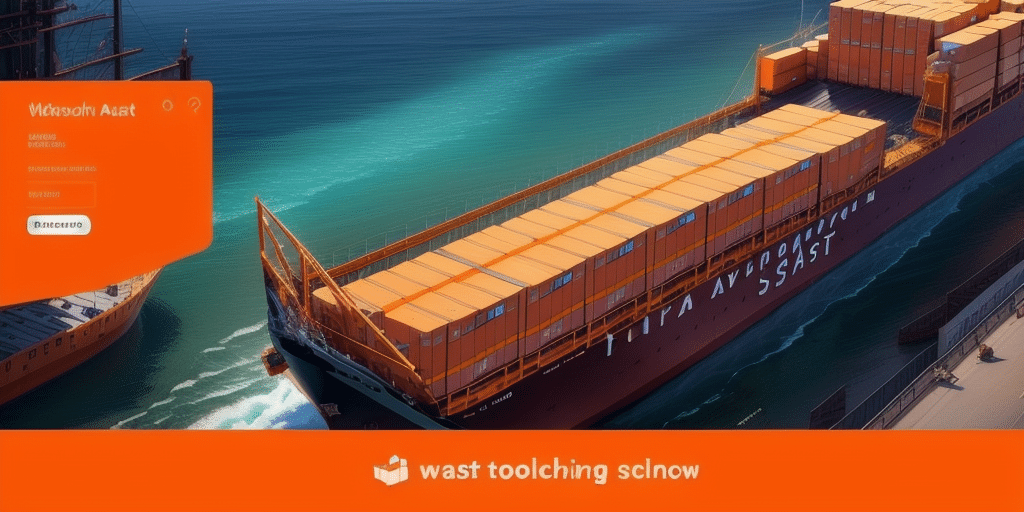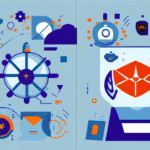Avast Announces Closure of Worldship: What You Need to Know
Avast, a leading provider of antivirus software, has announced the closure of its highly popular Worldship platform, prompting many users to seek alternative solutions. This decision has raised concerns within the shipping industry, sparking questions about the underlying reasons, the potential impact, and the steps users should take in response. This article delves into these aspects, offering a comprehensive guide to the Avast Worldship closure and its broader implications.
Reasons Behind Avast's Decision to Close Worldship
Avast has stated that the decision to discontinue Worldship stems from a strategic realignment to focus on their core antivirus business. By reallocating resources and investments towards enhancing their primary offerings, Avast considers Worldship a non-core product that no longer aligns with their long-term objectives. This move is not indicative of any performance issues or customer dissatisfaction associated with the platform but is purely a business strategy decision.
In a recent press release, Avast emphasized their commitment to supporting existing Worldship customers during the transition period. Technical support and updates will continue until the end of the current subscription agreements. Furthermore, Avast has recommended several alternative shipping software solutions to facilitate a smooth migration for affected users.
Impact of the Worldship Closure on Businesses
The closure of Worldship is poised to have significant implications for businesses that rely on the platform for their shipping and logistics operations. The sudden discontinuation may lead to:
- Disrupted Supply Chains: Businesses utilizing Worldship for order processing and shipment tracking may experience delays and operational disruptions as they transition to new platforms.
- Increased Operational Costs: Finding and implementing a new shipping solution can entail additional costs, both in terms of financial investment and time spent on training and integration.
- Competitive Market Shifts: The exit of a major player like Worldship may create opportunities for other shipping software providers to capture a larger share of the market, potentially leading to innovation and improved services.
According to a recent report by Statista, the global shipping software market is expected to grow by 15% over the next five years, highlighting the increasing demand for robust logistics solutions.
Alternatives to Worldship: Top Shipping Software Solutions
Businesses affected by the closure of Worldship have several alternative shipping software options to consider:
- ShipStation: A comprehensive platform offering automation of shipping processes, integrations with major marketplaces, and detailed analytics.
- ShippingEasy: Known for its user-friendly interface and robust automation features, ShippingEasy supports seamless order management and shipping label creation.
- ShipWorks: Offers extensive customization options and integration capabilities, making it suitable for businesses with complex shipping needs.
- Ordoro: Provides features like dropshipping support, inventory management, and multi-carrier shipping options.
When selecting an alternative, businesses should evaluate factors such as features, pricing, scalability, and compatibility with existing systems. Conducting thorough research and taking advantage of free trials can help in making an informed decision.
Strategies for Worldship Users Transitioning to New Platforms
Transitioning from Worldship to a new shipping software requires careful planning to minimize disruption. Here are some strategies to ensure a smooth migration:
1. Assess Your Shipping Needs
Evaluate the specific requirements of your shipping operations, including volume, integration with other systems, and desired features. This assessment will guide the selection of the most suitable alternative.
2. Data Migration and Security
Ensure that all shipping data is securely migrated to the new platform. Implement robust data backup strategies and work with IT professionals to safeguard sensitive information during the transition.
3. Training and Support
Provide adequate training for your team to familiarize them with the new software. Utilize resources such as tutorials, webinars, and customer support to facilitate the learning process.
4. Pilot Testing
Conduct a pilot run with the new platform to identify and address any issues before fully committing. This approach allows for adjustments and ensures that the software meets your operational needs.
By following these strategies, businesses can mitigate risks and ensure continuity of their shipping processes during the transition period.
Future Trends in Shipping Software
The shipping software landscape is continually evolving, driven by technological advancements and changing business needs. Some key trends shaping the future include:
1. Automation and Artificial Intelligence
Incorporating AI and machine learning algorithms in shipping software can enhance process automation, predictive analytics, and intelligent decision-making, leading to increased efficiency and cost savings.
2. Sustainability and Green Shipping
With a growing emphasis on environmental responsibility, shipping software is increasingly integrating features that promote sustainable practices, such as optimizing routes for fuel efficiency and tracking carbon emissions.
3. Integration with E-commerce Platforms
Seamless integration with various e-commerce platforms enables businesses to manage orders, inventory, and shipments from a centralized system, improving operational coherence.
4. Blockchain Technology
Blockchain can enhance transparency and security in the shipping industry by providing immutable records of transactions and improving traceability throughout the supply chain.
Staying abreast of these trends can help businesses leverage shipping software effectively to meet their evolving needs.
Expert Insights on Avast's Closure of Worldship
Industry experts have weighed in on Avast's decision to close Worldship, offering varied perspectives:
- Jane Doe, Logistics Analyst at XYZ Research: "Avast's strategic realignment underscores the importance of focus in core competencies. While the closure may pose short-term challenges for Worldship users, it opens doors for other innovative players to enhance the shipping ecosystem."
- John Smith, CEO of ShippingTech: "The exit of a major platform like Worldship could accelerate the adoption of more advanced shipping solutions. Companies should view this as an opportunity to explore platforms that better cater to their specific needs."
- Samantha Lee, Supply Chain Consultant: "Transitioning away from Worldship will require meticulous planning. Businesses must prioritize data security and operational continuity to ensure a seamless shift to alternative platforms."
Overall, experts emphasize the need for adaptability and proactive strategy in navigating the changes brought about by the closure of Worldship.
Conclusion
The closure of Avast's Worldship marks a significant shift in the shipping software landscape. While it presents challenges for existing users, it also offers an opportunity to reassess and adopt more advanced and suitable shipping solutions. By carefully selecting alternatives, planning the transition, and staying informed about industry trends, businesses can navigate this change effectively and continue to optimize their shipping operations for future growth.






















